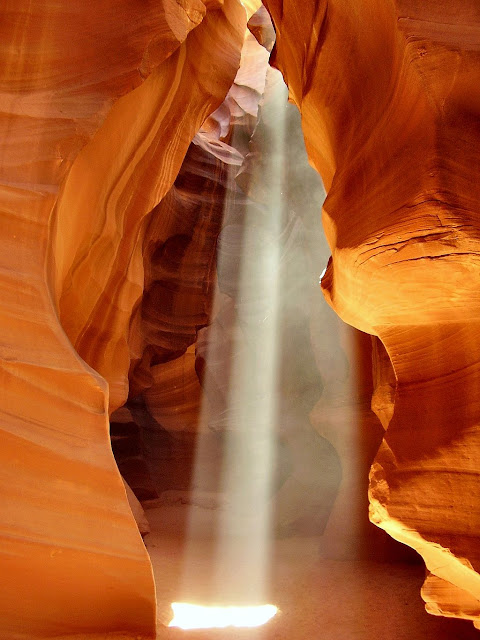Day 19 (D-42) Mystery of the Anasazi (SECRET ANCIENT HISTORY DOCUMENTARY)
Day 19 (D-42) About these cliff dwellings-->
The place: the plateau of Mesa Verde in southwest Colorado, at an altitude of over 2600 meters.
The time: from the 6th to the 12th century
The people: built by ancestral Pueblo Indians who were given the name Anasazis.
The first people, the Basketmakers, settled in Mesa Verde about A.D. 550. They lived in pithouses grouped together into small villages usually built on mesa tops but sometimes in cliff recesses. About A.D. 750, they (now known as Pueblo people) began building houses above ground, with upright walls made of poles and mud. By A.D. 1000, the people of Mesa Verde had advanced from pole-and-adobe construction to skilful stone masonry. Between A.D. 1100 and A.D. 1300, during the Classic Period, the population may have reached several thousand and they were mostly concentrated in compact villages of many rooms with kivas built inside. Baskets show evidence of decline in quality, possibly because of widespread use of pottery. About A.D. 1200, another major population shift saw people begin to move back into the cliff alcoves that sheltered their ancestors centuries before. Why did they make this move? We don’t know. Perhaps it was for defense; perhaps it was for religious or psychological reasons; perhaps alcoves offered better protection from the elements. Whatever the reason, or reasons, it gave rise to the cliff dwellings for which Mesa Verde is most famous.
Information taken from National Park Service site:
https://www.nps.gov/meve/learn/historyculture/upload/ancestral_pueblo_people_2018_508_01-24-18-2.pdf
In contemporary times, the people and their archaeological culture were referred to as Anasazi for historical purposes. The Navajo, who were not their descendants, called them by this term which was used to mean "ancient enemies". Contemporary Puebloans do not want this term to be used. The Navajo now use the term in the sense of referring to "ancient people" or "ancient ones".
We continue to ask the question: Why did these ancient people come to build their houses here and why after a few decades did they leave and mysteriously disappear? Drought? (=no water) Too crowded? (population explosion) Violence? Warfare? Cannibalism? Difficult living conditions?
Maybe we should wait to listen to what our guide explains to us when we are there.
But, if you are curious, if you have time (45 minutes) and ...if you understand French, you can watch this video: https://www.dailymotion.com/video/x3ouzwu
And after French, try listening to the video in English. Sorry no subtitles. Try watching the beginning to practice your English comprehension. You don't have to watch the entire 1 hour and 22 minutes if it is too difficult for you.
Click here
or go to youtube here: https://www.youtube.com/watch?time_continue=613&v=-ALT8i5FtQA
My best,
Jane
___________________________________________________
--pithouses = a primitive habitation consisting of a pit (a large hole in the ground) dug in the earth and roofed over
A reconstruction of a pit-house at the Step House ruins in Mesa Verde National Park shows the pit dug below grade, four supporting posts, roof structure as layers of wood and mud, and the entry through the roof.
--recess = Here --> a small space created by building part of a wall further back from the rest.
--upright = straight up or vertical
--skilful = done or made very well (British spelling: skillful)




Comments
Post a Comment